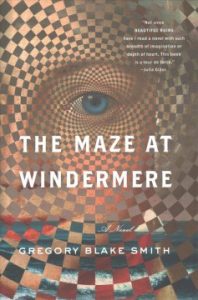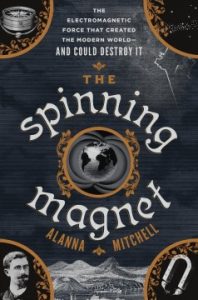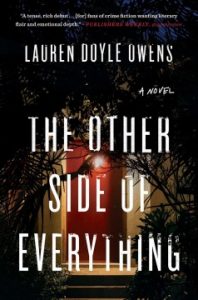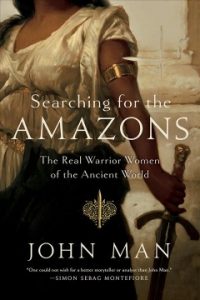We hope you weathered our latest round of New-Englandy weather safely, beloved patrons, and that your shoveling was easy and at least relatively ache-and-pain free. We here at the Library are eager to help you have a relaxing weekend full of literary adventures, cinematic marvels, and audio revelations. Here is just a sampling of the new books that braved the storm to make it on to our shelves this week:

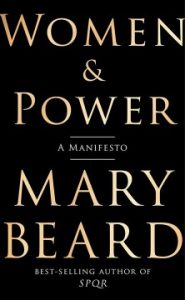 Women and Power: This book is a wildly appropriate choice for this week’s selection, seeing as how yesterday was International Women’s Day, however, Mary Beard’s tiny-but-powerful manifesto on language and power is one that can, and should, be read by all humans. In this magisterial little marvel, Beard, an internationally renown Classicist, traces the origins of this misogyny to its ancient roots, examining the pitfalls of gender and the ways that history has mistreated strong women since time immemorial. As far back as Homer’s Odyssey, Beard shows, women have been prohibited from leadership roles in civic life, public speech being defined as inherently male. Using examples from ancient history as well as the present day Beard discusses cultural assumptions about women’s relationship to power―and how powerful women provide a necessary example for resisting these historically fraught issues of language and identity. With personal reflections on her own online experiences with sexism, Beard asks: If women aren’t perceived to be within the structure of power, isn’t it power itself we need to redefine? And how many more centuries should we be expected to wait? This is a beautifully written, powerfully insightful work that is both timely and timeless. Academics and popular reviewers alike have been praising Beard’s work and courage for speaking out about her own experiences as well as the experiences of women through time, with People magazine describing “Beard’s thrilling manifesto turns to ancient times to find the seeds of misogyny, beginning with Homer’s Odyssey (the first instance of a woman told to shut up) and continuing through Elizabeth Warren’s 2017 silencing in the Senate. An irresistible call for women to speak up, act and redefine their power.”
Women and Power: This book is a wildly appropriate choice for this week’s selection, seeing as how yesterday was International Women’s Day, however, Mary Beard’s tiny-but-powerful manifesto on language and power is one that can, and should, be read by all humans. In this magisterial little marvel, Beard, an internationally renown Classicist, traces the origins of this misogyny to its ancient roots, examining the pitfalls of gender and the ways that history has mistreated strong women since time immemorial. As far back as Homer’s Odyssey, Beard shows, women have been prohibited from leadership roles in civic life, public speech being defined as inherently male. Using examples from ancient history as well as the present day Beard discusses cultural assumptions about women’s relationship to power―and how powerful women provide a necessary example for resisting these historically fraught issues of language and identity. With personal reflections on her own online experiences with sexism, Beard asks: If women aren’t perceived to be within the structure of power, isn’t it power itself we need to redefine? And how many more centuries should we be expected to wait? This is a beautifully written, powerfully insightful work that is both timely and timeless. Academics and popular reviewers alike have been praising Beard’s work and courage for speaking out about her own experiences as well as the experiences of women through time, with People magazine describing “Beard’s thrilling manifesto turns to ancient times to find the seeds of misogyny, beginning with Homer’s Odyssey (the first instance of a woman told to shut up) and continuing through Elizabeth Warren’s 2017 silencing in the Senate. An irresistible call for women to speak up, act and redefine their power.”
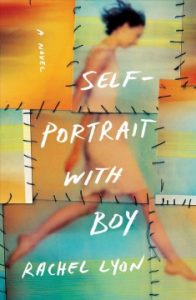 Self-Portrait With a Boy: Rachel Lyon’s debut novel deals with some heavy and difficult topics, but she does so in a way that is both sympathetic and spell-binding work that deals with the dues we pay for success, and the bonds that end up defining our lives. Lu Rile is a relentlessly focused young photographer struggling to make ends meet, and with family and financial obligations weighing her down, she’s reaching desperation. But then, in the background of a self-portrait, Lu accidentally captures on film a boy falling past her window to his death. The photograph turns out to be startlingly gorgeous, the best work of art she’s ever made. It’s an image that could change her life…if she lets it. But the decision to show the photograph is not easy. The boy is her neighbors’ son, and the tragedy brings all the building’s residents together. It especially unites Lu with his grieving mother, Kate. As the two forge an intense bond based on sympathy, loneliness, and budding attraction, Lu feels increasingly unsettled and guilty, torn between equally fierce desires: to use the photograph to advance her career, and to protect a woman she has come to love. With it’s early ’90’s setting, this book is a powerfully nostalgic one that is earning positive reviews from other authors and critics alike. The Los Angeles Times, for example, raved “The conflict is rich and thorny, raising questions about art and morality, love and betrayal, sacrifice and opportunism and the chance moments that can define a life. The novel wrestles with the nature of art but moves with the speed of a page-turner.”
Self-Portrait With a Boy: Rachel Lyon’s debut novel deals with some heavy and difficult topics, but she does so in a way that is both sympathetic and spell-binding work that deals with the dues we pay for success, and the bonds that end up defining our lives. Lu Rile is a relentlessly focused young photographer struggling to make ends meet, and with family and financial obligations weighing her down, she’s reaching desperation. But then, in the background of a self-portrait, Lu accidentally captures on film a boy falling past her window to his death. The photograph turns out to be startlingly gorgeous, the best work of art she’s ever made. It’s an image that could change her life…if she lets it. But the decision to show the photograph is not easy. The boy is her neighbors’ son, and the tragedy brings all the building’s residents together. It especially unites Lu with his grieving mother, Kate. As the two forge an intense bond based on sympathy, loneliness, and budding attraction, Lu feels increasingly unsettled and guilty, torn between equally fierce desires: to use the photograph to advance her career, and to protect a woman she has come to love. With it’s early ’90’s setting, this book is a powerfully nostalgic one that is earning positive reviews from other authors and critics alike. The Los Angeles Times, for example, raved “The conflict is rich and thorny, raising questions about art and morality, love and betrayal, sacrifice and opportunism and the chance moments that can define a life. The novel wrestles with the nature of art but moves with the speed of a page-turner.”
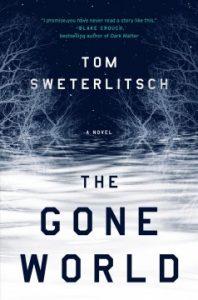 The Gone World: Here’s another book set in the ’90’s, but this sci-fi thriller posits the decade as the doorway to any number of possible futures with a chilling conspiracy at play behind each of them. It’s 1997, and Shannon Moss is part of a clandestine division within the Naval Criminal Investigative Service. Assigned to solve the murder of a Navy SEAL’s family, and to locate his vanished teenage daughter, Moss discovers that the missing SEAL was an astronaut aboard the spaceship U.S.S. Libra–a ship assumed lost to the currents of Deep Time. Moss knows first-hand the mental trauma of time-travel and believes the SEAL’s experience with the future has triggered this violence. Determined to find the missing girl and driven by a troubling connection from her own past, Moss travels ahead in time to explore possible versions of the future, seeking evidence to crack the present-day case. To her horror, the future reveals that it’s not only the fate of a family that hinges on her work, for what she witnesses rising over time’s horizon and hurtling toward the present is the Terminus: the terrifying and cataclysmic end of humanity itself. Non-fiction and science lovers will find plenty to enjoy in Tom Sweterlitsch’s use of cutting-edge astrophysical theory to create his time-traveling protagonists, and readers looking for a thriller that pushes at all the boundaries of genre and expectation will love this book. It earned a starred review from Kirkus Reviews, who called it “A mind-blowing fusion of science fiction, thriller, existential horror, and apocalyptic fiction…The power of this novel is two-fold: Sweterlitsch’s intricately plotted storyline will keep readers on the edges of their seats until the very last pages, and his extended use of bleak imagery coupled with his lyrical writing style make for an intense and unforgettable read.”
The Gone World: Here’s another book set in the ’90’s, but this sci-fi thriller posits the decade as the doorway to any number of possible futures with a chilling conspiracy at play behind each of them. It’s 1997, and Shannon Moss is part of a clandestine division within the Naval Criminal Investigative Service. Assigned to solve the murder of a Navy SEAL’s family, and to locate his vanished teenage daughter, Moss discovers that the missing SEAL was an astronaut aboard the spaceship U.S.S. Libra–a ship assumed lost to the currents of Deep Time. Moss knows first-hand the mental trauma of time-travel and believes the SEAL’s experience with the future has triggered this violence. Determined to find the missing girl and driven by a troubling connection from her own past, Moss travels ahead in time to explore possible versions of the future, seeking evidence to crack the present-day case. To her horror, the future reveals that it’s not only the fate of a family that hinges on her work, for what she witnesses rising over time’s horizon and hurtling toward the present is the Terminus: the terrifying and cataclysmic end of humanity itself. Non-fiction and science lovers will find plenty to enjoy in Tom Sweterlitsch’s use of cutting-edge astrophysical theory to create his time-traveling protagonists, and readers looking for a thriller that pushes at all the boundaries of genre and expectation will love this book. It earned a starred review from Kirkus Reviews, who called it “A mind-blowing fusion of science fiction, thriller, existential horror, and apocalyptic fiction…The power of this novel is two-fold: Sweterlitsch’s intricately plotted storyline will keep readers on the edges of their seats until the very last pages, and his extended use of bleak imagery coupled with his lyrical writing style make for an intense and unforgettable read.”
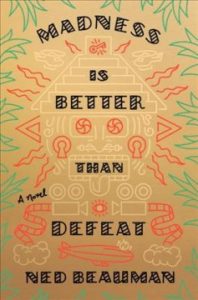 Madness is Better than Defeat: Ned Beauman’s newest release is a startlingly-funny, strange and wonderfully literary thriller that has a little bit of something for everyone–and is sure to get the attention of those readers convinced they’ve seen it all already. In 1938, two rival expeditions descend on an ancient temple recently discovered in the jungles of Honduras, one intending to shoot a screwball comedy on location there, the other to disassemble the temple and ship it back to New York. A seemingly endless stalemate ensues, and twenty years later a rogue CIA agent sets out to exploit it for his own ends, unaware that the temple is a locus of conspiracies far grander than anyone could ever have guessed. Shot through with insanity, intrigue, ingenuity, and adventure, this is a book that earned a starred review from Publisher’s Weekly, who called it “[A] rowdy, thoroughly satisfying literary adventure. . . . Exquisitely comic and absurd, Beauman’s imaginative novel brims with the snappy dialogue, vivid scenery, and converging story lines of an old Hollywood classic.”
Madness is Better than Defeat: Ned Beauman’s newest release is a startlingly-funny, strange and wonderfully literary thriller that has a little bit of something for everyone–and is sure to get the attention of those readers convinced they’ve seen it all already. In 1938, two rival expeditions descend on an ancient temple recently discovered in the jungles of Honduras, one intending to shoot a screwball comedy on location there, the other to disassemble the temple and ship it back to New York. A seemingly endless stalemate ensues, and twenty years later a rogue CIA agent sets out to exploit it for his own ends, unaware that the temple is a locus of conspiracies far grander than anyone could ever have guessed. Shot through with insanity, intrigue, ingenuity, and adventure, this is a book that earned a starred review from Publisher’s Weekly, who called it “[A] rowdy, thoroughly satisfying literary adventure. . . . Exquisitely comic and absurd, Beauman’s imaginative novel brims with the snappy dialogue, vivid scenery, and converging story lines of an old Hollywood classic.”
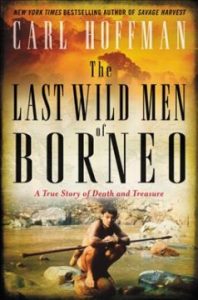 The Last Wild Men of Borneo: A True Story of Death and Adventure: Carl Hoffman’s books are always filled with terrific sensory detail, an take even the most stories armchair explorer to new parts of our world. This latest book tells the story of two western explorers, and their entangled history on the island of Borneo. In 1984, Swiss traveler Bruno Manser joined an expedition to the Mulu caves on Borneo, and slipped into the forest interior to make contact with the Penan, an indigenous tribe living among the Dayak people, who were famous in western culture as the “Headhunters of Borneo.” Bruno lived for years with the Penan, gaining acceptance as a member of the tribe. However, when commercial logging began devouring the Penan’s homeland, Bruno led the tribe against these outside forces, earning him status as an enemy of the state, but also worldwide fame as an environmental hero. He escaped captivity under gunfire twice, but the strain took a psychological toll. Then, in 2000, Bruno disappeared without a trace. American Michael Palmieri staged expeditions into the Bornean jungle to acquire astonishing art and artifacts from the Dayaks. He would become one of the world’s most successful tribal-art field collectors, supplying sacred works to prestigious museums and wealthy private collectors. And yet suspicion shadowed this self-styled buccaneer who made his living extracting the treasure of the Dayak: Was he preserving or exploiting native culture? Hoffman’s book includes exclusive interviews with Manser’s family and colleagues, and rare access to his letters and journals, making this story as insightful as it is exciting. Booklist agreed, giving this book a starred review and calling it “Compelling and haunting, a story of lofty ideals and base desires, a deeply personal story written by a man who loves Borneo and who struggles to understand the forces that threaten to tear it apart.”
The Last Wild Men of Borneo: A True Story of Death and Adventure: Carl Hoffman’s books are always filled with terrific sensory detail, an take even the most stories armchair explorer to new parts of our world. This latest book tells the story of two western explorers, and their entangled history on the island of Borneo. In 1984, Swiss traveler Bruno Manser joined an expedition to the Mulu caves on Borneo, and slipped into the forest interior to make contact with the Penan, an indigenous tribe living among the Dayak people, who were famous in western culture as the “Headhunters of Borneo.” Bruno lived for years with the Penan, gaining acceptance as a member of the tribe. However, when commercial logging began devouring the Penan’s homeland, Bruno led the tribe against these outside forces, earning him status as an enemy of the state, but also worldwide fame as an environmental hero. He escaped captivity under gunfire twice, but the strain took a psychological toll. Then, in 2000, Bruno disappeared without a trace. American Michael Palmieri staged expeditions into the Bornean jungle to acquire astonishing art and artifacts from the Dayaks. He would become one of the world’s most successful tribal-art field collectors, supplying sacred works to prestigious museums and wealthy private collectors. And yet suspicion shadowed this self-styled buccaneer who made his living extracting the treasure of the Dayak: Was he preserving or exploiting native culture? Hoffman’s book includes exclusive interviews with Manser’s family and colleagues, and rare access to his letters and journals, making this story as insightful as it is exciting. Booklist agreed, giving this book a starred review and calling it “Compelling and haunting, a story of lofty ideals and base desires, a deeply personal story written by a man who loves Borneo and who struggles to understand the forces that threaten to tear it apart.”
Until next week, beloved patrons…Happy Reading!

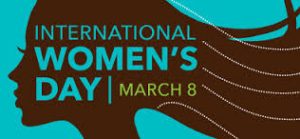

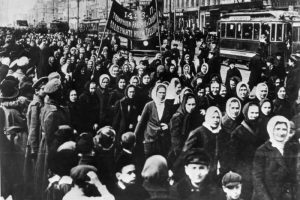

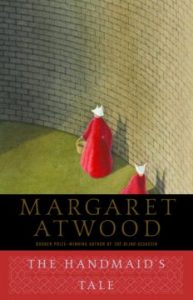 The Handmaid’s Tale
The Handmaid’s Tale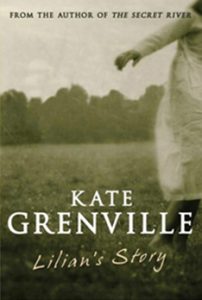 Lilian’s Story
Lilian’s Story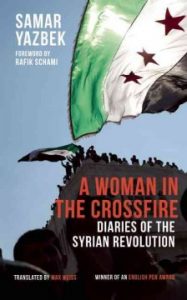 A Woman in the Crossfire : Diaries of the Syrian Revolution
A Woman in the Crossfire : Diaries of the Syrian Revolution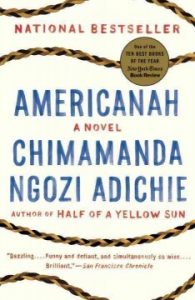 Americanah
Americanah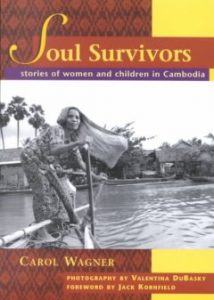 Soul survivors : stories of women and children in Cambodia
Soul survivors : stories of women and children in Cambodia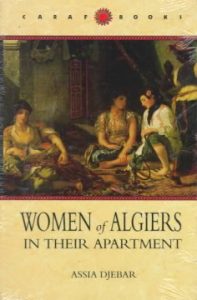 Women of Algiers in Their Apartment
Women of Algiers in Their Apartment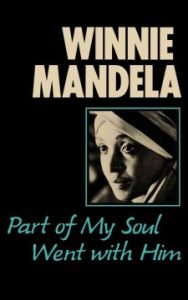 Part of My Soul Went With Him
Part of My Soul Went With Him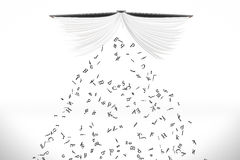
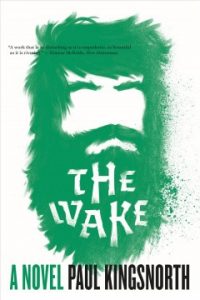
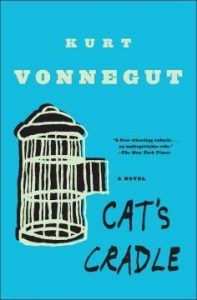



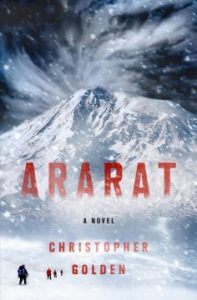 Winner:
Winner:  Winner: Cold Cuts by Robert Payne Cabeen
Winner: Cold Cuts by Robert Payne Cabeen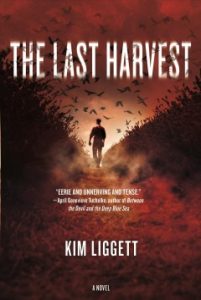 Winner:
Winner: 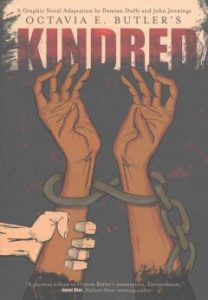 Winner:
Winner: 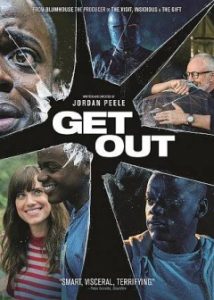 Winner:
Winner: 
